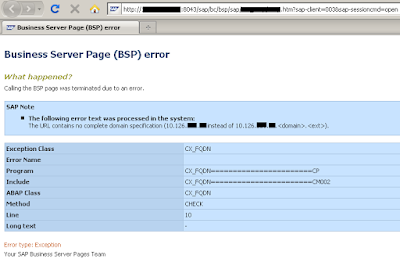Bank Accounting (FI-BL)
Bank Accounting (FI-BL)
Bank Accounting (FI-BL) is a component of the SAP Financial Accounting (FI) module that focuses on managing bank transactions and bank statement processing within an organization. It facilitates the efficient handling of financial transactions with banks and ensures accurate reconciliation of bank accounts.
Key features and functionalities of the Bank Accounting (FI-BL) module include:
1. Bank Master Data Management: FI-BL allows the creation and maintenance of bank master data, which includes information about bank accounts, bank branches, and relevant details for each bank. This data is used for accurate processing and recording of bank transactions.
2. Bank Statement Processing: The module supports the automatic processing of electronic bank statements received from banks. It includes functionalities for importing bank statements, automatically matching transactions with open items in the system, and generating accounting entries based on the statement data.
3. Bank Reconciliation: FI-BL provides tools for reconciling the organization's bank accounts with the bank statements. It allows for the comparison and matching of transactions in the system with the transactions reported in the bank statement, helping to identify and resolve discrepancies.
4. Cash Management: The module includes functionalities for managing cash positions and cash flows. It allows organizations to monitor and forecast cash inflows and outflows, manage bank balances, and optimize liquidity management.
5. Check Management: FI-BL facilitates the management of checks received and issued by the organization. It includes functionalities for check receipt recording, check deposit processing, check clearing, and check cancellation.
6. Electronic Funds Transfer (EFT): The module supports electronic funds transfer processes, allowing for seamless and secure payment transactions between the organization and banks. It includes functionalities for initiating EFT payments, managing bank communication protocols, and reconciling EFT transactions.
7. Bank Communication: FI-BL provides interfaces and integration capabilities to communicate with banks and financial institutions. It supports electronic data interchange (EDI) formats, electronic banking interfaces, and other communication protocols for efficient exchange of financial data.
8. Reporting and Analytics: FI-BL offers reporting tools and analytics to provide insights into bank-related financial data. It includes standard reports such as bank reconciliation statements, bank balance reports, and cash flow reports, as well as ad hoc reporting capabilities for customized analysis.
9. Integration with Other Modules: FI-BL integrates with other SAP modules, such as General Ledger Accounting (FI-GL) and Accounts Payable (FI-AP), to ensure seamless data flow and process integration. This integration enables accurate and up-to-date financial reporting and analysis.
By utilizing the Bank Accounting (FI-BL) module, organizations can efficiently manage their bank transactions, ensure accurate bank statement processing and reconciliation, optimize cash management, and maintain strong financial controls over their banking activities.

Bank accounting is subject to stringent regulatory oversight and is designed to provide a clear and accurate representation of a bank's financial position, performance, and compliance with regulatory requirements. It involves the application of specific accounting standards and considerations unique to the banking industry.
ReplyDeleteBest Cash Flow Forecasting Software | Financial Forecasting Tips | Moolamore Cash Flow Management